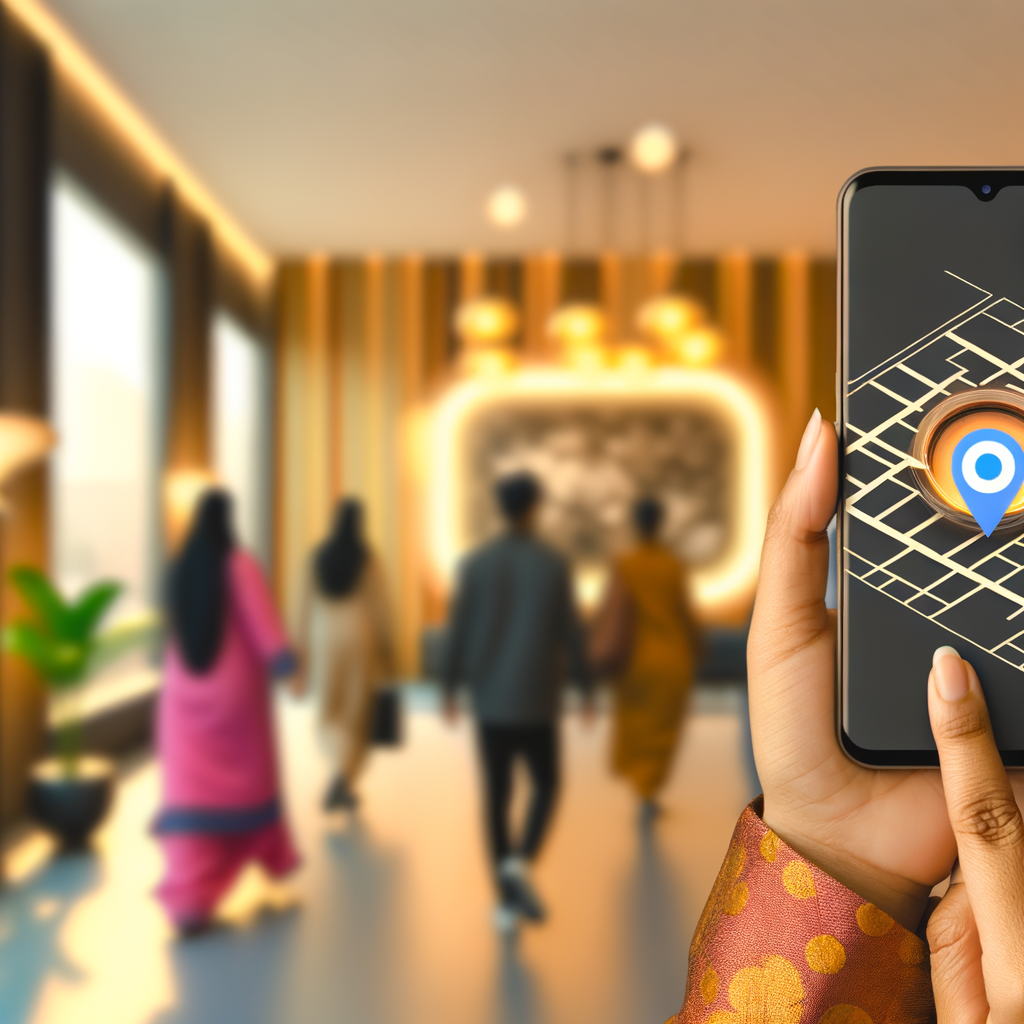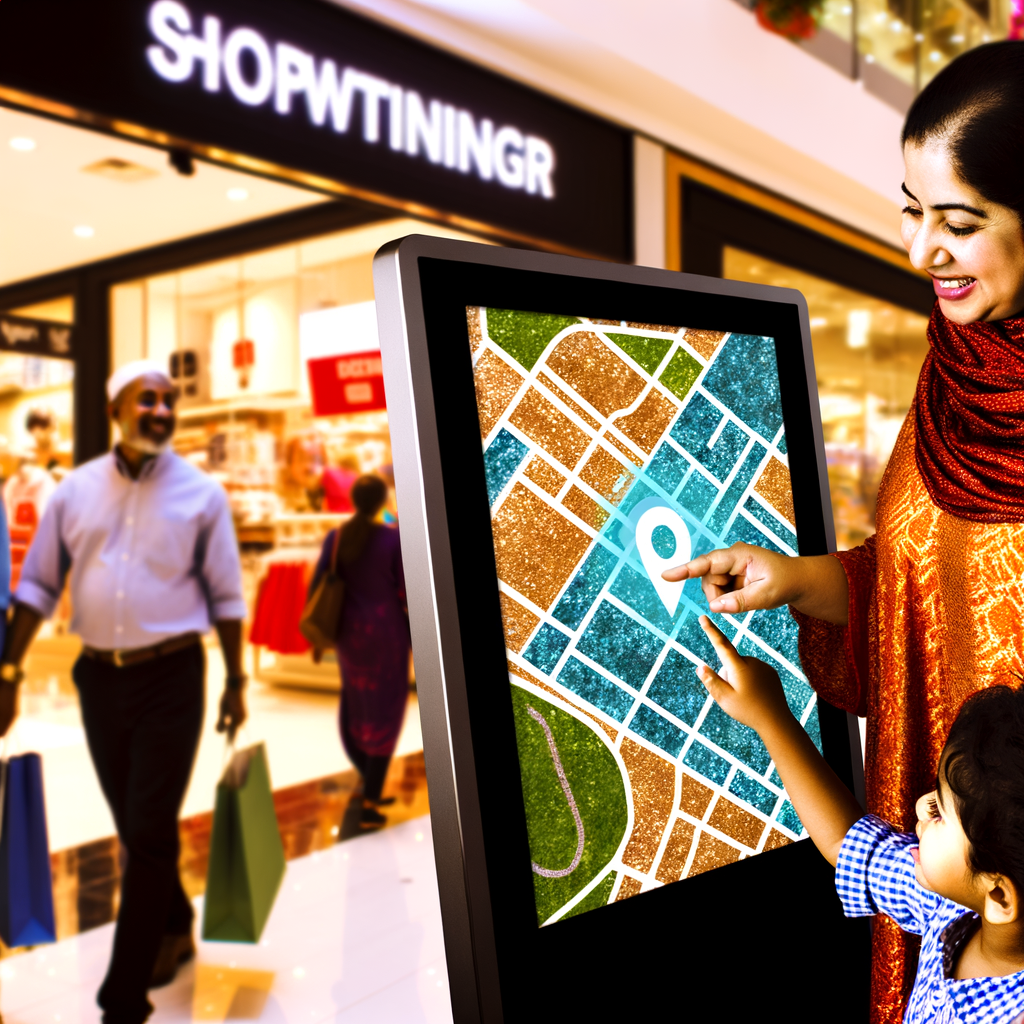For eSignage companies and electronic Kiosk developers, 3D wayfinding maps are not just a trend; they’re a transformative tool. These digital maps move past the one-dimensional approach of traditional signage, offering users an immersive experience that is both interactive and intuitive. When you incorporate 3D wayfinding into your digital platforms, you’re providing your clients with a powerful enhancement to user engagement. No longer are the maps mere guides—they become smart companions that adapt and respond to user needs in real time.
Shopping plaza owners and mall managers, this is where your operations get a significant upgrade. With the deployment of 3D wayfinding maps, the hustle and bustle of a busy shopping day become smoother and more manageable. Think of it: a customer enters your mall, opens your app or approaches a digital kiosk, and is met with a vibrant, interactive 3D model of your entire space. They can zoom in, zoom out, and rotate their view to understand exactly where they are and where they need to go. The anxiety of being lost evaporates, and with it, the negative impact it can have on customer satisfaction.
But there’s more. These maps can be integrated with current data systems to track foot traffic and consumer behavior. This means you’re not just guiding customers; you’re collecting crucial data that informs business decisions. Know which areas of the mall are hotspots at any given time, understand peak visitation periods for different stores, and optimize staffing accordingly. This precise level of insight can dramatically increase business efficiency and improve customer service.
Moreover, consider how 3D wayfinding maps contribute to inclusive and accessible environments. These maps can easily incorporate features that assist individuals with disabilities, enhancing accessibility and ensuring compliance with modern standards of inclusiveness—a current demand from today’s educated and aware consumers.
For businesses operating kiosks or eSignage, the differentiation aspect is key. Incorporating 3D wayfinding can set your solutions apart in a competitive market, offering something truly cutting-edge that’s still rare enough to demand attention. Your innovation becomes the link that partners yearning to optimize foot traffic or maximize visitor engagement can’t overlook.
On the practical front, the integration of these maps is straightforward. They can be implemented using existing General Packet Radio Service (GPRS) infrastructure and Wi-Fi networks, easing the usually complex burdens of new tech rollouts. This evolution in navigation not only provides a seamless experience for users but does so without heavy demands on existing infrastructure—reducing potential costs and disruptions.
In essence, embracing 3D wayfinding maps elevates the user experience. They bridge the gap between physical and digital, offering a tool that both delights and delivers. Whether you are selling the technology, deploying it, or managing a space where it’s used, you position yourself at the forefront of technological progress. It’s a win-win, driving customer satisfaction and enabling you to thrive in a rapidly changing environment.
In conclusion, 3D wayfinding maps are not just about navigation; they’re about revolutionizing the user journey and driving business forward in a contemporary, user-centric manner that meets the expectations of today’s tech-savvy consumers. Stepping into this new era means embracing change that improves everything from efficiency to engagement. Why not make it part of your strategic advantage today?




